Parque Nacional del Monte Mudeungsan (무등산국립공원)
9.0Km 2025-07-02
Geumgok-dong, Buk-gu, Gwangju.
El Parque Nacional del Monte Mudeungsan es una montaña en el linde de Hwasun-gun, Damyang-gun y Gwangju, y se convirtió en parque provincial en 1972. También se le refiere como monte Muaksan, monte Mujinaksan o monte Seoseoksan. Mudeungsan tiene 1.186 m sobre el nivel del mar, y la cima presenta tres picos rocosos, llamados: Cheonwongbong, Jiwongbong e Inwonbong, también conocidos como los “Tres Jeongsang".
Mudeungsan no tiene una pendiente inclinada, así que cualquiera puede escalarla fácilmente, y tiene hermosos valles que discurren bajo ella. Una gran diversidad de rocas ocupan el pico Cheonwongbong, y, debido a esto, otrora fue objeto de culto por la gente local como una montaña divina. Entre las más majestuosas de estas rocas están: las rocas Seoseokdae, Gyubong e Ipseokdae. En la base de la montaña, hay templos famosos, tales como: los templos Yaksa-am, Jeungsimsa y Wonhyosa. Mudeungsan también es conocida por su belleza durante todas las estaciones del año. En el otoño, las hojas otoñales de Gyubongam son especialmente hermosas, y la hierba de eoksae (tipo de junco asiático) de la cresta Baekma se vuelve espectacular. En invierno, la nieve y el hielo de las montañas crean también un paisaje exquisito.
Bajo la montaña, hay varias instalaciones recreativas y de conveniencia para hacer su visita más placentera. El Museo Nacional de Gwangju es una de ellas, un edificio al estilo coreano tradicional, con espacios de exposición y una amplia instalación para la conservación de reliquias. Tiene exhibiciones de tesoros encontrados en el mar de Sinan, tales como reliquias de las dinastías Song y Won de China, además de reliquias de la provincia de Honam durante los períodos Seonsa, Baekje y Silla, y pinturas del período Joseon. Son en total unas 2.000 reliquias.
Templo Jeungsimsa en Gwangju (증심사(광주))
10.9Km 2025-07-02
Jeungsimsa-gil 177, Dong-gu, Gwangju
Monumento Chungjangsa (충장사)
11.5Km 2023-02-09
Songgang-ro 13, Buk-gu, Gwangju
Cementerio Nacional 18 de Mayo (국립 5.18 민주묘지)
12.2Km 2024-07-17
Minju-ro 200, Buk-gu, Gwangju.
El Cementerio Nacional 18 de Mayo, ubicado frente al monte Mudeungsan, es el símbolo de libertad y democracia y es un cementerio donde se encuentran los cuerpos de los caídos durante la lucha por la democracia en mayo de 1980. En 1980, las víctimas eran traídas en carretas o camiones de basura y eran sepultadas en el cementerio de Mangwol-dong. En 1997 este cementerio fue exhumado y transferido al Cementerio Nacional 18 de Mayo. La fecha es recordada para la revalorización del deseo de democracia del pueblo coreano.
Para acceder al cementerio necesitará pasar por el Portal de la Democracia, construido al estilo tradicional coreano. Pasando por la amplia Plaza de la Democracia, llegará al Pasaje de la Conmemoración. Continúe el recorrido para llegar frente a la Torre Conmemorativa, una figura circular (4 m de alto) de una mano cerrada, que simboliza la resurrección de una nueva vida. Bajo la torre, hay un pequeño altar con inciensos que demuestran respeto. Después de la Torre Conmemorativa, encontrará trabajos de relieve a ambos lados. Hacia la derecha podrá ver un lugar donde se guardan relicarios con imágenes y tablas monetarias, y enfrente está la Puerta de la Historia, que muestra las imágenes de aquellos días. Con este material visual podrá entender esta parte de la historia de Corea. Después de recorrer estas secciones de la historia coreana, disfrute de una agradable caminata por los alrededores del cementerio.
Academia Neoconfuciana Wolbong Seowon (월봉서원(빙월당))
13.2Km 2024-05-17
Gwanggok-gil 133, Gwangsan-gu, Gwangju
Parque Ecológico del Lago Gwangju (광주호 호수생태원)
13.8Km 2025-06-16
Chunghyosaem-gil 7, Buk-gu, Gwangju
Hwanbyeokdang (환벽당)
14.1Km 2023-02-09
Hwanbyeokdang-gil 10, Buk-gu, Gwangju
Templo Manyeonsa (만연사)
14.2Km 2025-08-19
Jingak-ro 367, Hwasun-eup, Hwasun-gun, Jeollanam-do.
Se cree que este templo fue fundado hacia el año 1208, los tiempos del rey Heejong, de la dinastía Goryeo. Hasta la Guerra de Corea se conservaban varios de sus pabellones más antiguos, pero muchos fueron destruidos. Recién en 1978 se levantaron nuevamente varios de ellos. En las cercanías, a exactamente 2 km hacia el este están las Cascadas Manyeon y hay un bosque que atrae a muchos turistas de pícnic y campamento.
Museo Literario Gasa Munhak (한국가사문학관)
14.3Km 2021-12-28
Gasamunhak-ro 877, Gasamunhak-myeon, Damyang-gun, Jeollanam-do.
Este museo se encuentra en Damyang, de la provincia Jeollanam-do, una región que posee tierra fértil, un paisaje natural espléndido y cantidad de reliquias y patrimonios culturales. Durante la época de Joseon, cuando la mayoría de las actividades literarias se realizaban en hanmun (caracteres chinos), comenzaron a aparecer poesías escritas en el idioma coreano, y así, también ha florecido la literatura Gasa Munhak (antiguo verso coreano).
Los versos más famosos son el “Gwandong Byeolgok”, y “Sami Ingok” del poeta Jeong Cheol, y, también existen 18 obras legendarias de autores famosos y anónimos, pertenecientes a la región de Damyang. De tal manera, siendo la meca de la literatura antigua de Corea, el museo se ha instalado con el fin de preservar y difundir la importancia de este patrimonio cultural a las generaciones actuales.
El museo está formado por varias instalaciones anexas, las salas de exposición clasificados por los diferentes autores históricos, las áreas destinadas a la colección de materiales informativos, sala de exhibición de los productos regionales y la casa de té tradicional.
Aldea Pyeongchon de Gwangju (광주 평촌마을)
14.5Km 2025-06-16
Pyeongchon-gil 15, Buk-gu, Gwangju
La Aldea Pyeongchon comprende cuatro pequeñas comunidades ubicadas en el norte del monte Mudeungsan: Donglim, Daman, Useong y Dakmoe. La principal actividad económica es la agricultura, sobre todo el cultivo ecológico de arroz. Por su naturaleza pura y limpia, aquí habitan muchos animales en extinción como la nutria coreana. La aldea también es conocida por la cerámica coreana que se producía desde los tiempos de la dinastía Joseon y ofrece talleres simples y fáciles para los visitantes.
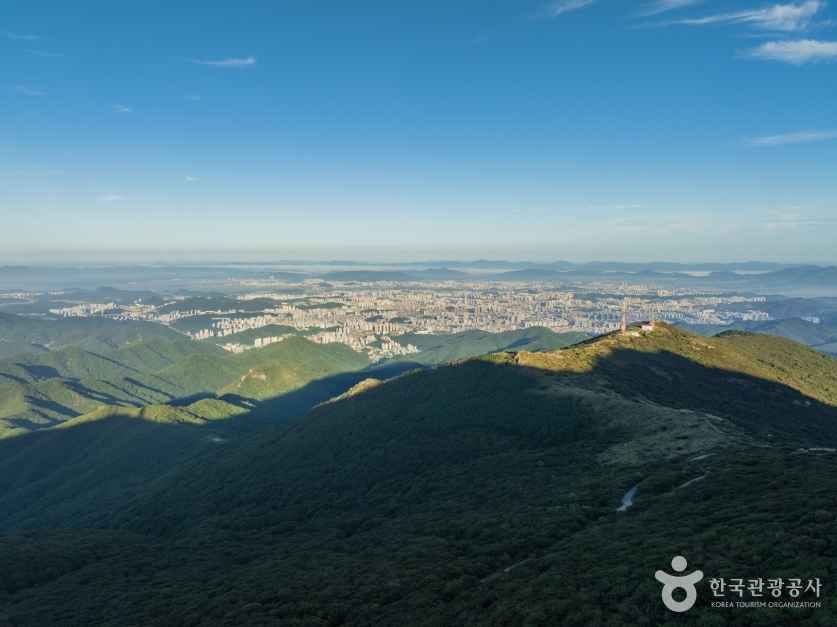
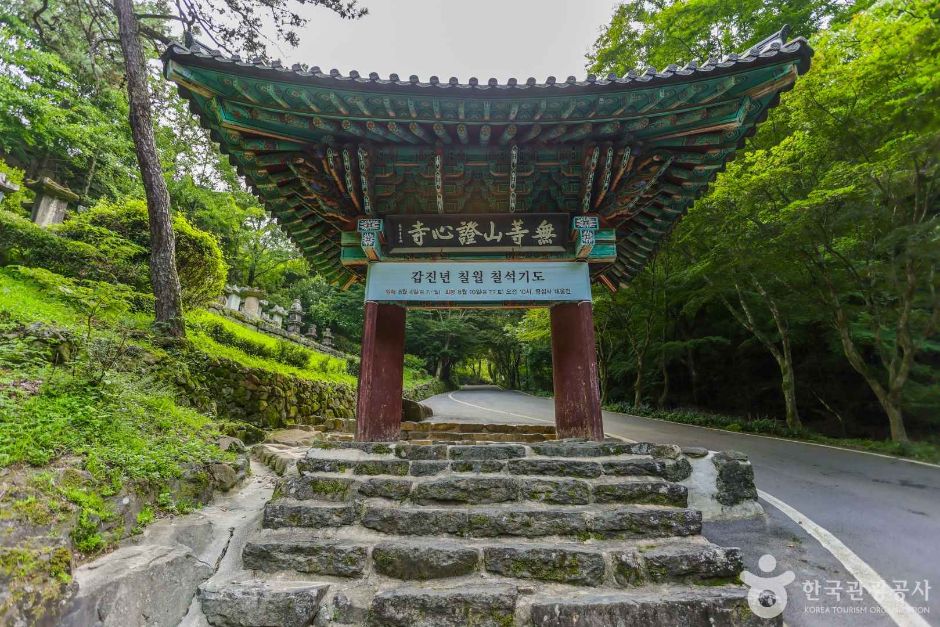

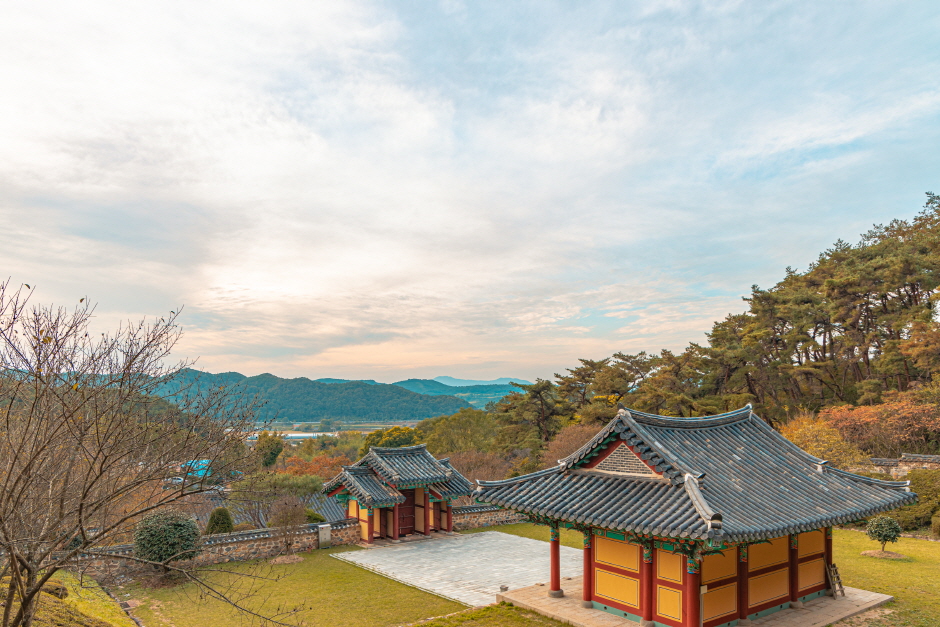
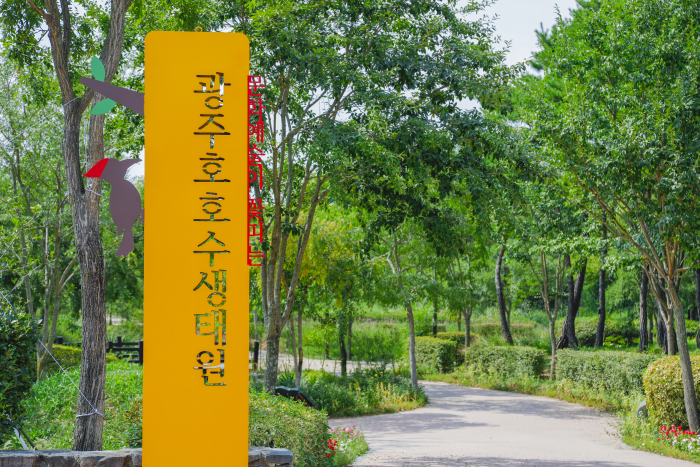
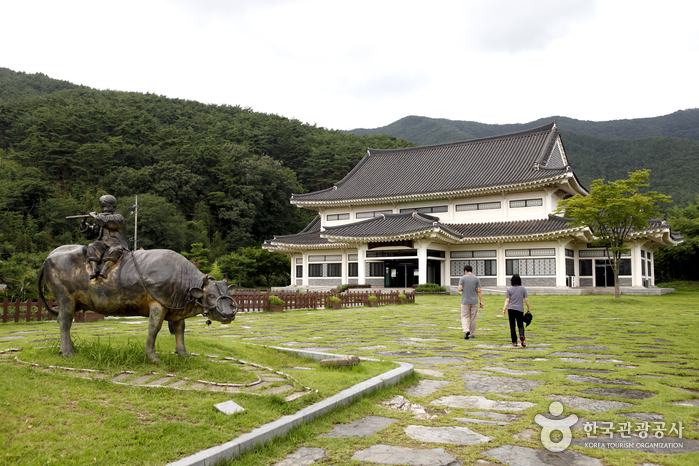
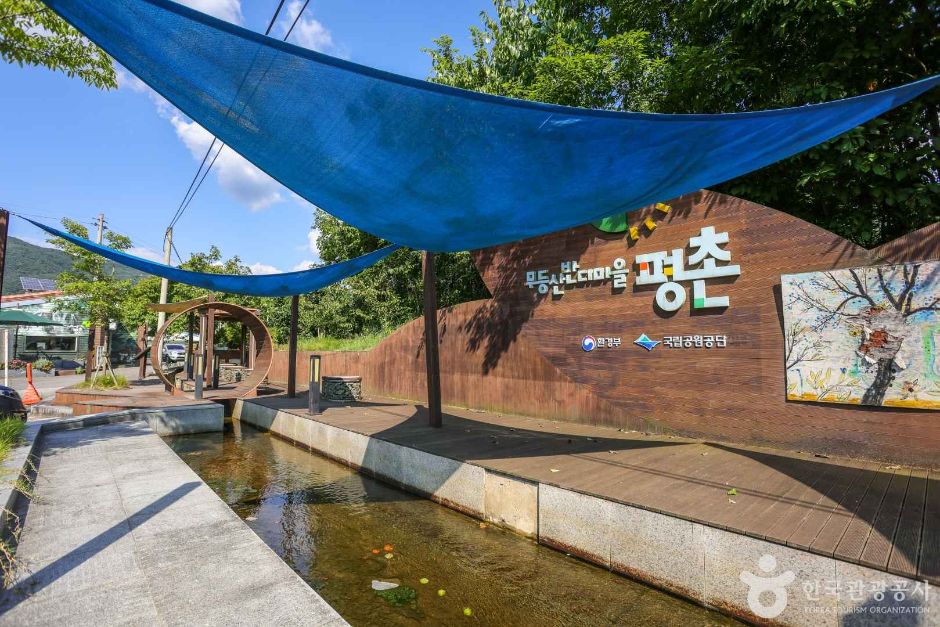
 Español
Español
 한국어
한국어 English
English 日本語
日本語 中文(简体)
中文(简体) Deutsch
Deutsch Français
Français Русский
Русский